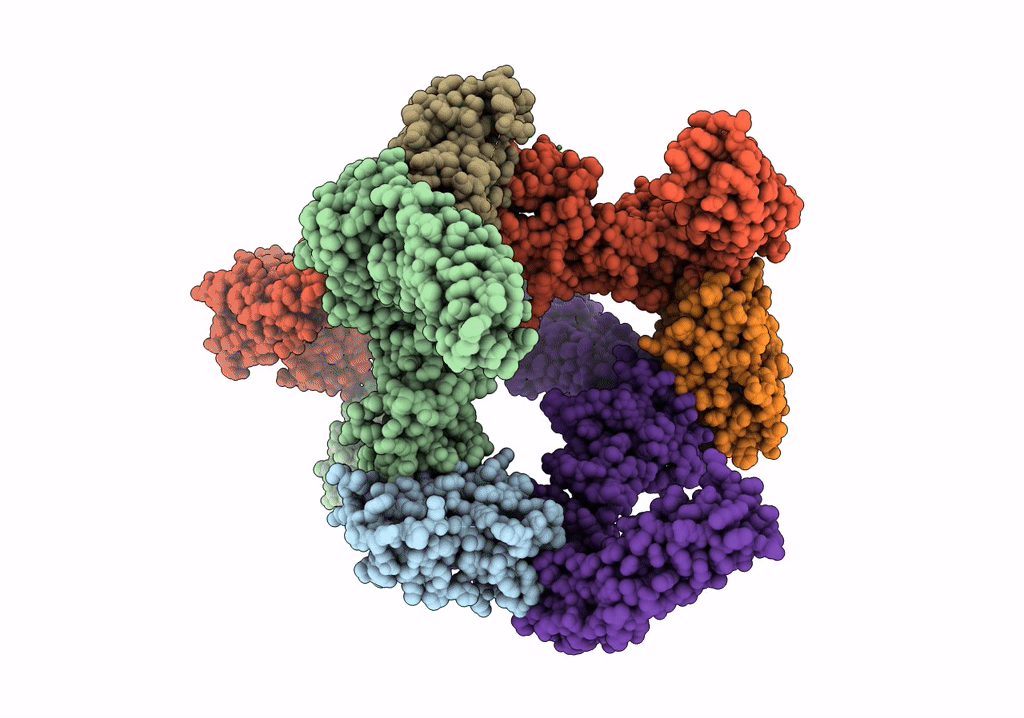
Deposition Date
2022-08-26
Release Date
2023-04-05
Last Version Date
2024-10-23
Method Details:
Experimental Method:
Resolution:
4.60 Å
Aggregation State:
PARTICLE
Reconstruction Method:
SINGLE PARTICLE


